Noh is a kind of masque performed by wearing a Noh mask. Noh masks are called “hospitality” and are so important to Noh performers that they dominate the rank of the song.
There are about 60 basic types of Noh masks, and today it is said that there are more than 200 types. In most cases, Noh masks do not have a role-specific aspect, and the type is determined by the performance. It is up to the shite to decide which side to use in the end, and the side that can be used is selected.
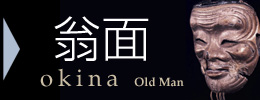
Okina is used only for the song “Okina”, which is performed during the New Year and special events. It has an element as a sacred ritual, and it is said that it was already used in the late Heian period because it is a Noh mask taken from Sarugaku, the source of Noh. This is the oldest classification of Noh masks.
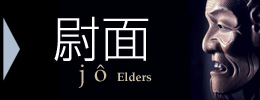
The old man’s face is called the second lieutenant, and there are types such as second lieutenant, Asakura lieutenant, Sanko lieutenant, and laughter lieutenant. The feature is that the hair is transplanted, and it is often worn when the side Noh or Shura Noh shite is the incarnation of the front.
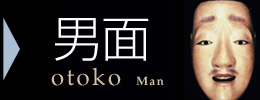
On the male side, there are various variations depending on the status and the situation, such as Heida, who represents a military commander, lieutenant general, 16 or 20 or so, a child, or a thirst. there is.
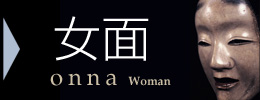
There are many types of Noh masks, such as the small face that represents a young woman, and many people think of it as a popular mask. It is subdivided into young women, songwriters, mother-in-laws, old women, etc., mainly according to age and personality.
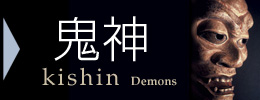
It is a surface that reveals supernatural things such as demons and tengu, which are thought to have appeared early. Characterized by its powerful and rough facial expressions, it can be broadly divided into “jumping” used for demons and devils, and “beshimi” used for tengu.
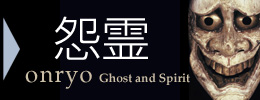
It is a side that represents the dead spirit that has revived from that world. All of them are people who have regrets in this world. Men’s ghosts include “monsters”, “thin men” and “Kawazu / frogs”, and women’s ghosts include “yama-uba” and “mud eyes”. The famous “Prajna” also falls into this category.